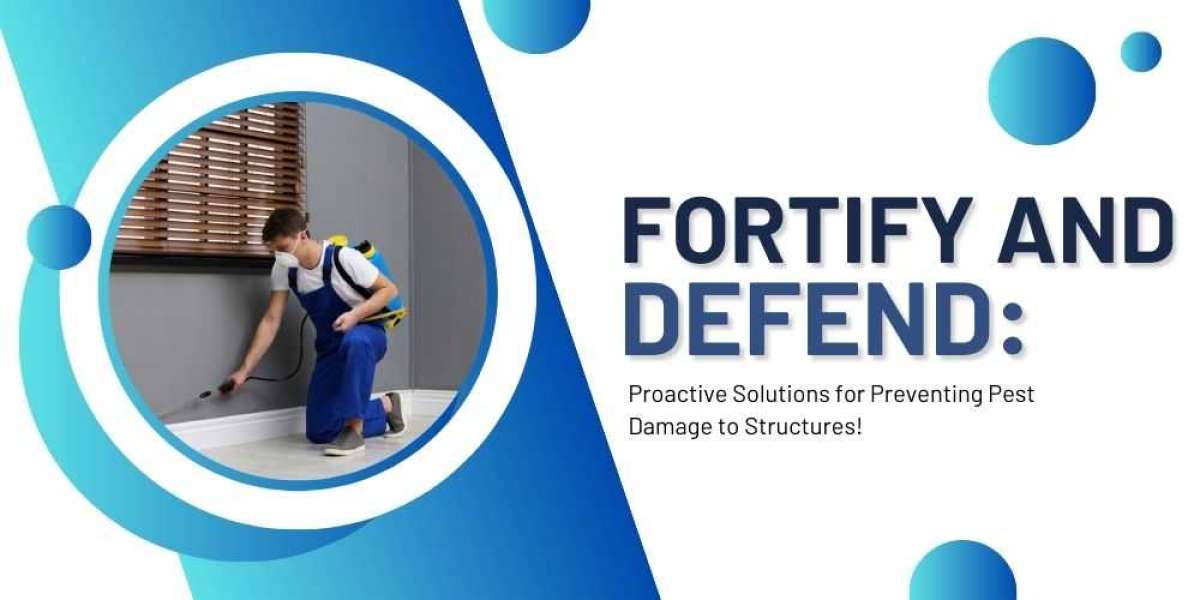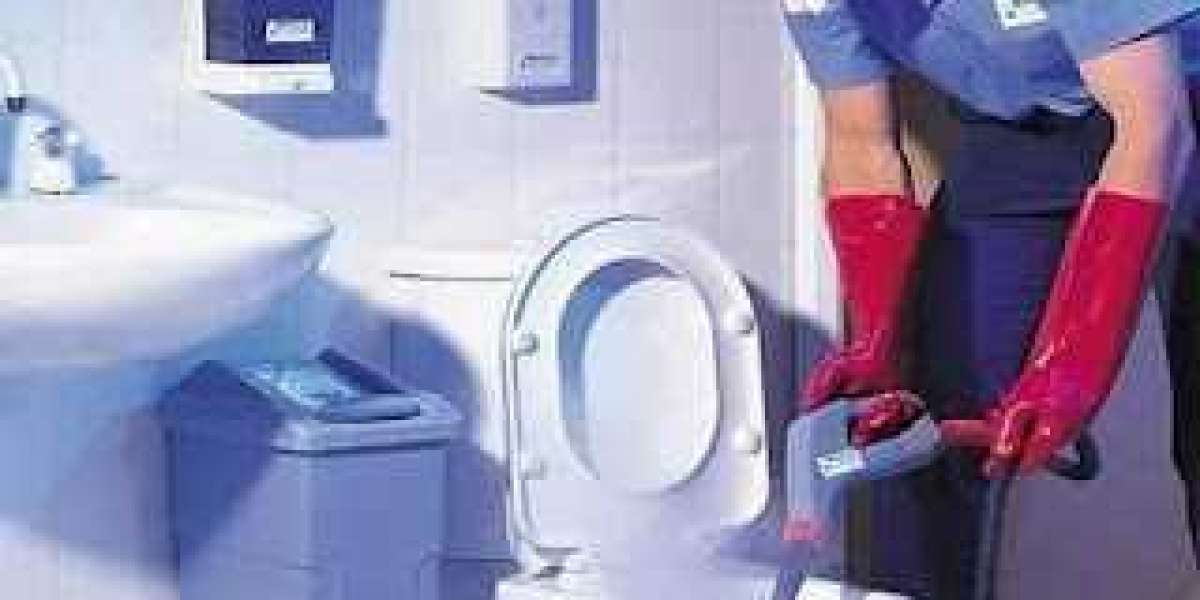Did you know that pests can silently gnaw away at the very foundation of your structures, causing extensive and costly damage? The structural integrity of buildings can be severely damaged by pests, leading to expensive and time-consuming repairs.
Prevent pest damage and provide proactive solutions to safeguard your buildings and maintain longevity. Get ready to say goodbye to the stress and expenses of dealing with pest damage as we unveil strategies to prevent it from happening in the first place!
Understanding the Risks: Pests That Damage Structures
Are pests quietly destroying the very core of your structures? Termites, carpenter ants, and rodents are just a few of the sneaky culprits known for wreaking havoc on buildings. With their ability to infiltrate and cause extensive damage, these pests put your structures' foundations, structural integrity, and overall safety at risk.
- Certain pests, like termites, carpenter ants, and rodents, are notorious for causing structural damage.
- These pests can infiltrate buildings and cause significant harm to wooden structures.
- The consequences include weakened foundations, compromised structural integrity, and potential safety hazards.
The First Line of Defense: Regular Inspections
Regular inspections by professionals are vital for keeping pests at bay. They serve as an early warning system for potential infestations. These checks ensure that any pest activity is found and dealt with immediately.
During inspections, pay attention to:
- Crawl spaces and basements for dampness or hidden pests.
- Attics for signs of nesting or droppings.
- Cracks or fissures that serve as entrance points in the walls, roofing, and foundation.
- Unusual activity or damage indicating pest presence.
Structural Modifications for Pest Prevention
Professional pest control services can advise on effective structural modifications to prevent pest infestations. Moreover, these include sealing cracks, fixing leaks, and addressing building exterior vulnerabilities.
- Making structural changes beforehand can help reduce the stress, expense, and time associated with handling insect infestations.
- Maintenance tasks like replacing broken screens and ensuring proper airflow minimize entry points for pests.
- Practicing good hygiene and sanitation measures is also crucial in preventing pest infestations.
Landscape and Perimeter Management
Proper landscape and perimeter management are crucial for minimizing the risk of pests. Specifically, it involves maintaining clearance between vegetation and structures and implementing perimeter treatments as a deterrent.
- Maintain clearance between vegetation and structures to prevent pest access.
- Use perimeter treatments as a deterrent against pests.
- Establish a defensive barrier around buildings.
Utilizing Physical Barriers
Physical barriers such as screens and steel wool prevent pest entry. Screens for windows and doors can keep bugs away while allowing air to flow through them. Steel wool can seal gaps and cracks to control pests entering buildings.
For maximum effectiveness:
- Ensure screens fit tightly and are free of tears.
- Fill gaps and cracks with steel wool or caulking.
- Install door sweeps on all exterior doors.
- Check and maintain barriers regularly for any breaches.
Chemical Preventatives: When and How to Use
When it comes to chemical preventatives for pest control, it is essential to approach their use carefully and as a last resort. Although they can effectively control and prevent pest infestations, it is crucial to consider the pros and cons and seek professional advice for appropriate selection and safe application.
Pros and cons of chemical treatments:
Pros
- Quick reduction of pest populations.
- Targeted action against specific pests.
Cons
- Potential harm to non-target species.
- Risk of pests developing resistance.
- Possible adverse environmental and health effects.
Integrated Pest Management (IPM) Strategies
Integrated Pest Management (IPM) is a comprehensive approach to pest control that emphasizes prevention and reducing the use of chemicals. It combines different strategies and techniques to manage pests while minimizing environmental impact effectively.
- It incorporates habitat modification, biological controls, and targeted pesticide applications.
- IPM aims to minimize pest damage while preserving the ecosystem balance.
- It is a thorough and comprehensive method of pest management.
Educating Occupants and Employees
Educating building occupants or employees is crucial in enabling them to recognize and report early signs of pest activity. It helps to ensure prompt intervention and prevention of further pest infestations.
Simple actions can significantly aid in reducing pest risks:
- Proper food storage practices
- Regular cleaning and maintenance of premises
- Sealing holes and cracks to keep pests out
- Avoiding clutter that can serve as harborage for pests
- Promptly addressing any moisture issues that may attract pests
Partnering with Pest Control Professionals
In some cases, seeking the help of professional pest control services becomes necessary. Professionals in pest control have the knowledge and resources required to handle infestations and create lasting preventative plans. Also, they can conduct thorough inspections, provide tailored recommendations, and implement appropriate treatments to safeguard the structure.
Expectations from a professional pest prevention service:
- Comprehensive assessment of pest issues.
- Customized treatment plans based on specific needs.
- Use of safe and effective control methods.
- Regular follow-up visits to ensure pest elimination.
- Advice on maintaining a pest-free environment
Keep Up with Maintenance: A Continuous Process
Preventing pest damage is an ongoing effort that requires regular maintenance and vigilance. By staying proactive, you can ensure the long-term integrity of your structures.
For effective maintenance:
- Establish a routine schedule for pest control activities.
- Plan periodic structural inspections to identify vulnerabilities.
- Coordinate maintenance efforts to include both interior and exterior checks.
- Adjust plans as needed based on seasonal changes or identified risks.
Secure Your Sanctuary
Preventing Pest Damage to Structures in Dublin, OH, is paramount to maintaining their integrity and longevity. Beat the bug brigade and keep your place solid and sound! You're setting up an unbeatable fortress with savvy checks, smart fixes, and extraordinary defenses—like barrier shields and green guard tactics.
Lastly, don't just wait for the critters to crash the party. Stay ahead, team up with pest pros, and stick to a tight ship maintenance routine. Your reward? Peace of mind in a pest-proof haven. Dive into defense mode and watch your fortress stand pest-free and proud!








